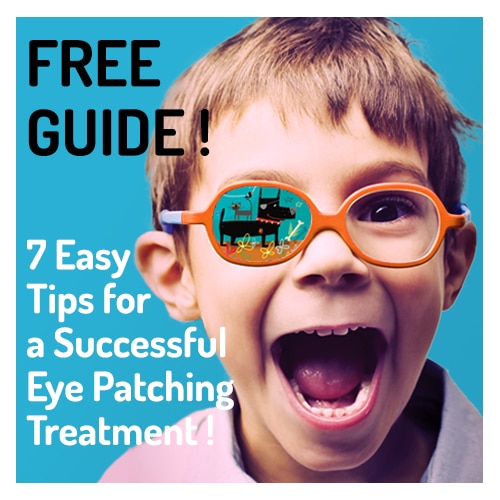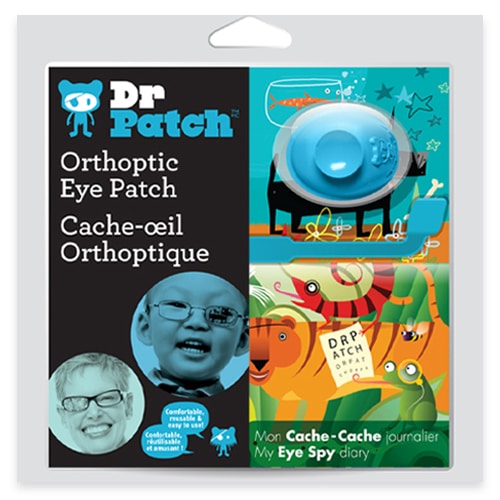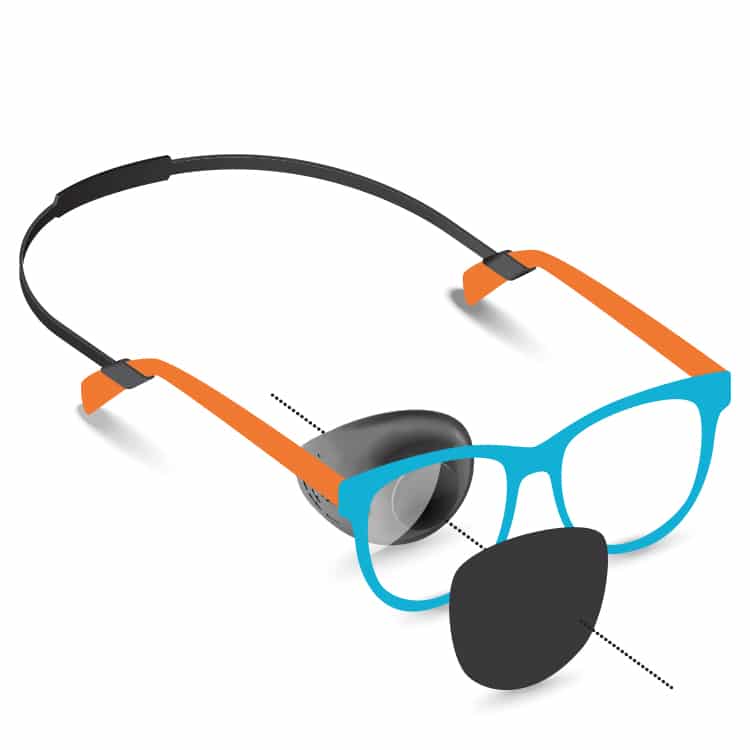A Word Or Two From DrPatch
Our eyes are such a beautiful gift, so when a child is diagnosed with acute pediatric strabismus, it’s natural that parents are concerned and want to help their child. Help IS available, so don’t delay getting it.
Strabismus is the medical term for misalignment of the eyes – two eyes that are not straight. It occurs in at least 5% of the population. There are three common types:

Esotropia, or “cross eye,” where one eye is turned inward, toward the nose. The other eye may be fixated normally. A child may be born with this condition, or it may develop a few months after birth or around age 2 to 3.
Exotropia, often called “wall-eye,” where one eye is turned outward, away from the nose. A child is rarely born with this condition. More often, it develops later.
Hypertropia, the “vertical” strabismus that occurs when the visual axis of one eye deviates upward or downward, in which case it’s called hypotropia.
What Causes Strabismus?
Strabismus can run in families. Sometimes the condition is due to the eyes being out of focus; in this case, eye glasses are part of the treatment. Sometimes there is a problem with the eye muscles or nerves.
Strabismus can also be caused by a serious problem inside the eye, such as a tumor or a cataract, which leads to poor vision.
How Is Strabismus Diagnosed?
A child can be checked at any age to see whether his or her eyes are properly aligned. If you are not sure whether your child’s eyes are straight, ask your family doctor or a qualified eye care professional, who may refer you to an ophthalmologist.
Acute pediatric strabismus can cause a couple of different vision problems:
Defective binocular vision – The eyes need to be straight for the brain to combine the images seen by the two eyes into a single picture. This gives us 3-D vision, which allows us to judge depth. Any turn of the eye can interrupt 3-D vision. As well, if an eye turns in, it can reduce the total field of vision.
Vision loss in the turned eye – When a child’s eye is turned, he or she may end up with only partial sight in the turned eye. This condition is called amblyopia, or “lazy eye.” This can also happen if the eyes are unequally focused.
Test your child’s eyesight early. Sometimes, YOU can tell if there’s a problem; sometimes it’s difficult. The thing to remember is that your child can be helped; the earlier, the better.





